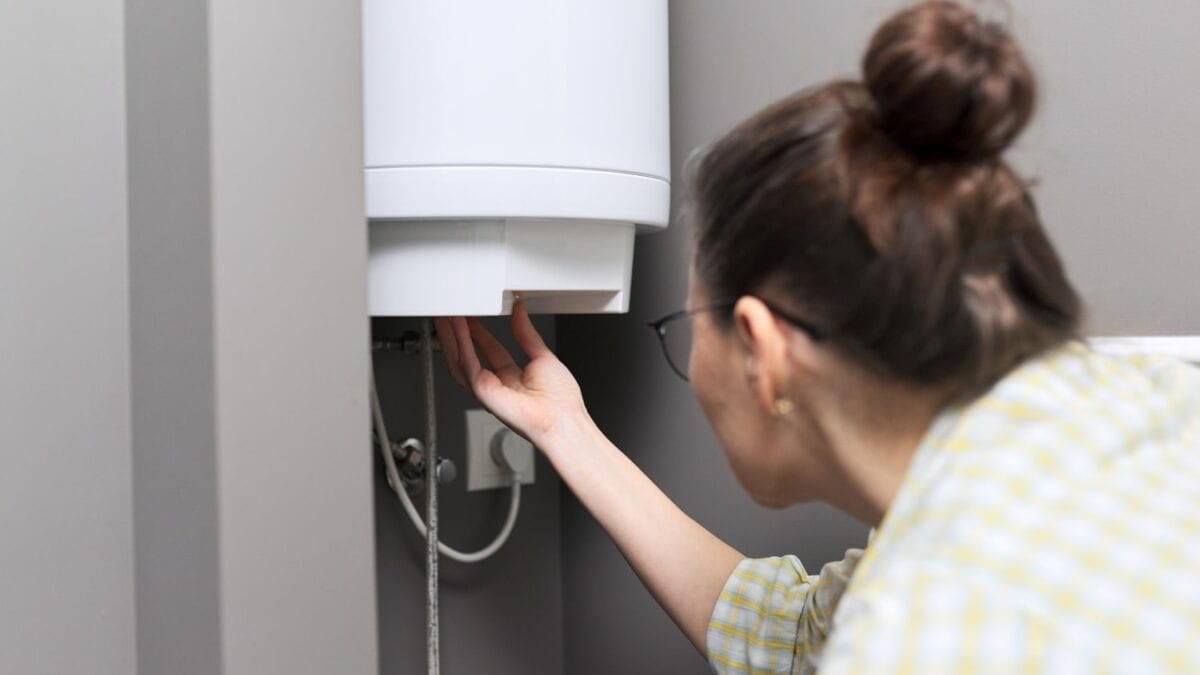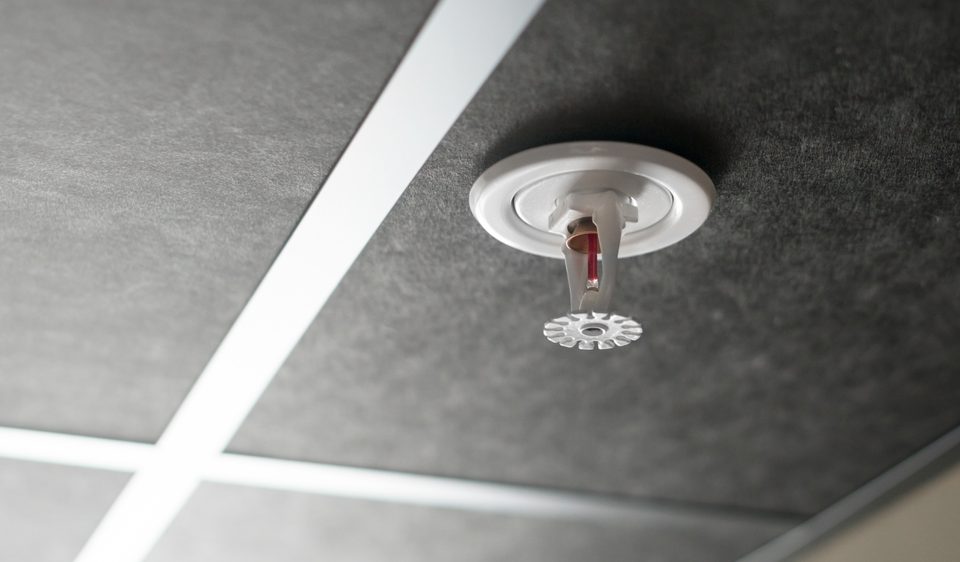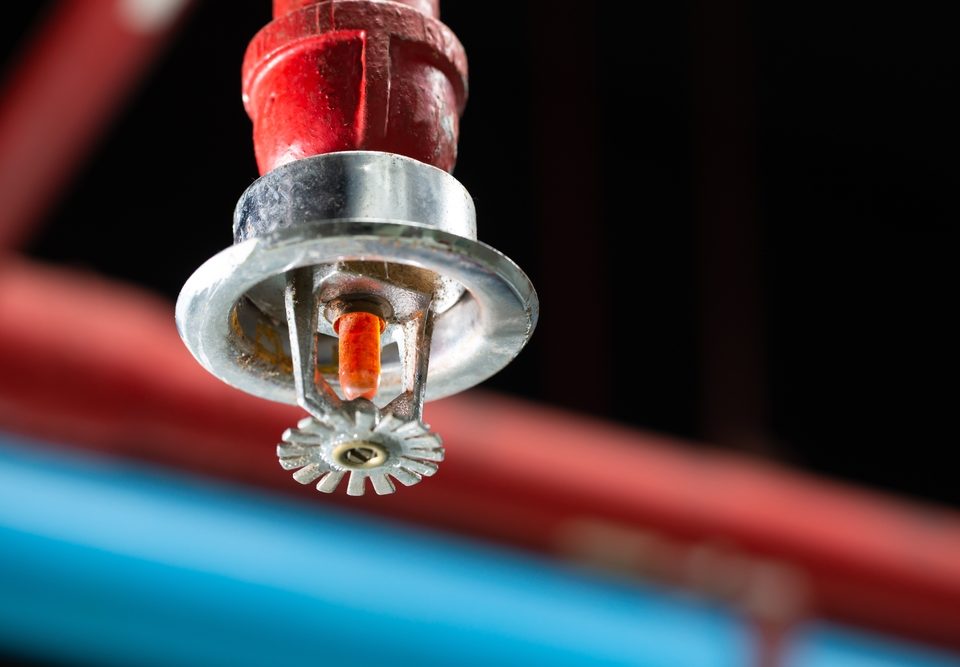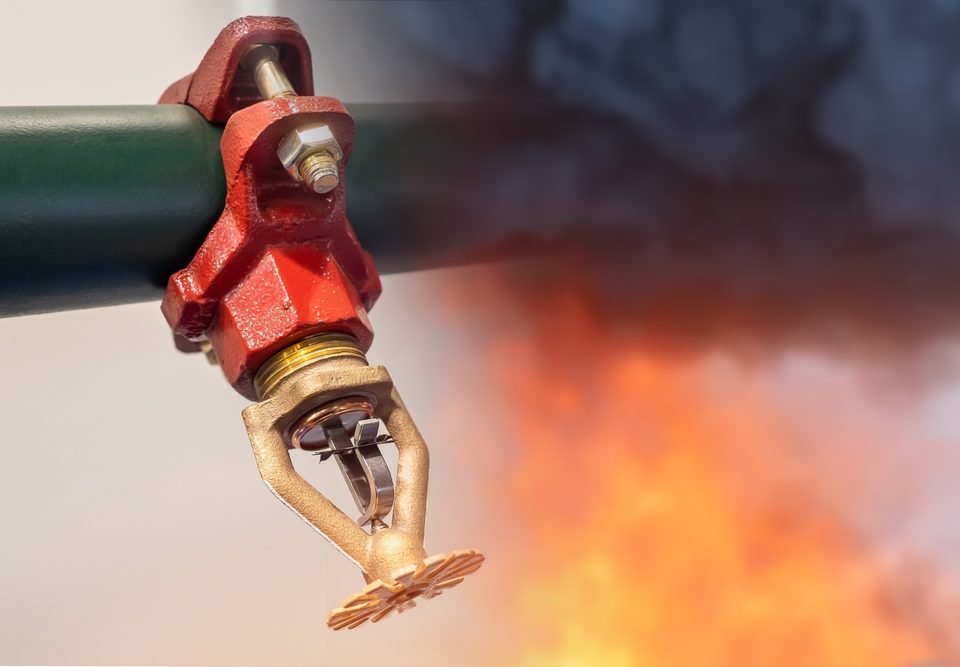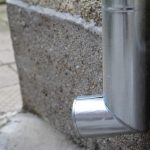
Drain Cleaning Cost: A Guide for Venice FL and Boca Grande
September 11, 2023
Protecting Well Pumps: Keeping Ants Out of Well Pump Contacts.
October 2, 2023Regular maintenance of your water heater is crucial to ensure its optimal performance and longevity. By draining your water heater regularly, you can prevent sediment buildup and extend its lifespan. Let’s delve deeper into this essential maintenance tip.
Water heaters are often neglected when it comes to routine maintenance. However, regular draining of your water heater can help flush out accumulated sediment and minerals that settle at the bottom over time. This sediment buildup not only reduces the heating efficiency but also increases the risk of corrosion and leaks in the long run.
To begin with, turn off the power supply or gas valve to your water heater before draining it. This will prevent any accidents or mishaps during the process. Next, locate the drain valve near the bottom of your water heater and attach a garden hose to it. Ensure that the other end of the hose is placed safely away from any surfaces that may be damaged by hot water.
Once you have everything set up, open the drain valve slowly to release a small amount of water at first. This allows for any pressure inside the tank to equalize gradually. After this initial release, you can fully open the drain valve and let the water flow out until it runs clear.
It is important to note that while draining your water heater may seem like a simple task, it requires proper caution and attention to detail. In fact, there are many horror stories out there from individuals who attempted to drain their water heaters without following proper procedures. From scalding hot water accidents to damaging their heating elements, these mishaps could have been easily avoided with some basic knowledge and preparation.
Why regular draining of your water heater is essential
Regular draining of your water heater is essential to ensure its optimum performance and longevity. Over time, sediments and mineral deposits build up in the tank, which can reduce the efficiency of your water heater and lead to potential damage. By regularly draining your water heater, you can prevent these sediments from accumulating and improve its overall reliability.
When sediments settle at the bottom of your water heater tank, they create a barrier between the heating element and the water. This insulation effect reduces heat transfer efficiency, causing your water heater to work harder and consume more energy. Additionally, the sediment buildup can corrode the tank walls, resulting in leaks or even complete failure.
To avoid such issues, it is recommended to drain your water heater at least once a year. Start by turning off the power supply or gas valve to the unit. Next, attach a hose to the drain valve located near the bottom of the tank. Place the other end of the hose in a suitable drainage area or connect it to an external pump for easy disposal.
Once everything is set up, open the drain valve and allow all the water to flow out completely. Take caution as you do this because hot water can cause burns. You may notice rust-colored or cloudy water initially due to sedimentation, but as you continue draining, it should become clear.
In addition to regular maintenance by professional plumbers like Babe’s Plumbing Inc., remember that prevention is key when it comes to maintaining your water heater’s optimal functionality for longer periods. To minimize sediment accumulation further, consider installing a sediment filter or using a whole-house filtration system.
Pro Tip: If you are unsure about performing this maintenance task yourself or have concerns about handling hot water or potential complications during draining, it is always best to contact a licensed plumber who specializes in water heaters. They have extensive knowledge and experience in ensuring proper maintenance without any risks.
Step-by-step guide on how to drain your water heater
Regular maintenance of your water heater is essential to ensure it operates efficiently and lasts longer. One crucial aspect of this maintenance is draining your water heater regularly. Draining the water heater helps remove sediment and mineral buildup, which can affect performance and potentially cause damage.
Here’s a simple step-by-step guide on how to drain your water heater:
- Turn off the power: Before starting any work on your water heater, make sure to turn off the power supply. For electric water heaters, switch off the circuit breaker dedicated to the heater. If you have a gas water heater, turn off the gas supply valve.
- Locate the drain valve: The drain valve is usually located near the bottom of the water heater tank. It is typically a brass or plastic valve with a hose attachment point.
- Connect a hose: Attach a garden hose to the drain valve and extend it to a floor drain or outside area where you can safely drain out the water without causing any damage.
- Open the drain valve: Slowly open the drain valve by turning it counterclockwise. Be cautious as hot water will start flowing out through the hose. Make sure there’s no one standing in its path.
- Flush out sediment: Allow all the water to flow out until it runs clear, indicating that most of the sediment has been expelled from the tank. Once done, close the drain valve tightly, disconnect the hose, and turn on both cold-water supply and power/gas sources.
It’s important to note that each manufacturer may have specific instructions for draining their particular models of water heaters, so consult your user manual for any additional steps or precautions.
In addition to these steps, never forget to take proper safety precautions when working with your water heater. Always wear protective gear like gloves and eye protection during maintenance tasks.
Regularly draining your water heater reduces sediment buildup, thereby improving heating efficiency while extending its lifespan – something every homeowner desires. So, make sure to incorporate this essential maintenance task into your routine.
Common mistakes to avoid while draining your water heater
Draining your water heater regularly is essential for its maintenance. Avoid these common mistakes to ensure an effective process:
- Neglecting to turn off the power supply before draining.
- Not properly disconnecting the water supply.
- Forgetting to open the pressure relief valve.
- Allowing sediment to clog the drain valve.
- Using inappropriate tools or methods to drain the tank.
- Failing to flush the tank thoroughly before refilling it.
Remember, these details are crucial for maintaining your water heater effectively. Keep in mind that regular maintenance can extend the lifespan of your water heater significantly.
Benefits of regular water heater maintenance
Regular water heater maintenance has numerous benefits that can prolong the lifespan of your unit and ensure optimal performance. By regularly draining your water heater, you can prevent sediment buildup, improve energy efficiency, and minimize the risk of leaks or other costly damages.
- Prevents sediment buildup: Over time, minerals and sediment can accumulate at the bottom of your water heater tank. This buildup can reduce the unit’s heating efficiency and eventually lead to clogs or blockages in the system. Regularly draining your water heater helps eliminate this sediment, improving its overall functionality.
- Improves energy efficiency: Sediment buildup not only affects heating efficiency but also requires your water heater to work harder to heat up the water. This additional strain on the unit can result in higher energy consumption and utility bills. By draining your water heater regularly, you can enhance its energy efficiency and potentially reduce energy costs.
- Minimizes the risk of leaks: Excess sediment in your water heater tank can cause corrosion or rusting, which weakens the structure and increases the likelihood of leaks or other damages. By regularly flushing out any accumulated sediment through proper draining techniques, you can minimize this risk and avoid potential water damage to your property.
In addition to these benefits, regular water heater maintenance also helps maintain consistent hot water temperature and pressure throughout your home. It ensures a reliable supply of hot water for daily activities such as showering, washing dishes, or doing laundry.
A true history that highlights the importance of regular water heater maintenance involves a homeowner who neglected this essential task for several years. The accumulation of sediment led to significant clogs in their system, resulting in decreased hot water flow and costly repairs. This incident serves as a reminder of how neglecting regular maintenance can lead to avoidable expenses and inconvenience for homeowners.
Regularly draining your water heater is a simple yet crucial step toward ensuring its longevity and efficient performance. Incorporating this maintenance task into your routine can save you from potential headaches and expenses down the line.
Conclusion
Maintaining your water heater is crucial for its longevity and performance. Regularly draining it helps remove sediments and debris that can clog the system, ensuring optimal functionality. Additionally, it reduces the risk of rust and corrosion, increasing the lifespan of your water heater.
Draining your water heater also aids in improving energy efficiency. Sediment buildup can hinder heat transfer, forcing your water heater to work harder and consume more energy. By flushing out the sediment regularly, you can help reduce energy consumption and lower your utility bills.
Moreover, neglecting to drain your water heater can lead to potential issues such as leaks and burst pipes. The accumulated sediment can cause pressure buildup within the tank, putting excessive strain on its structure. Regular maintenance helps prevent these costly repairs and extends the life of your water heater.
In a remote town in Florida, a family failed to drain their water heater for several years. As a result, sediment buildup caused significant damage, leading to a rupture in the tank. The resulting flood damaged their basement and belongings beyond repair. This incident emphasizes the importance of regular maintenance and highlights how a simple task like draining your water heater can save you from extensive damage.

